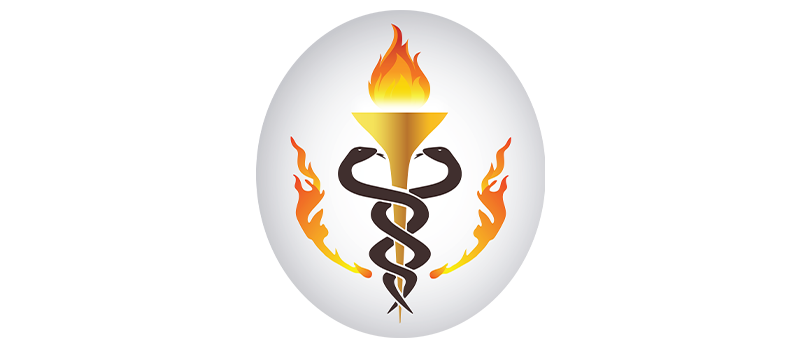The Science of Cupping
The Science of Cupping By Admin / May 9, 2025 Cupping therapy may seem like a recent wellness trend, but its roots go back thousands
+971 4 346 8554
+971 4 394 8500


Cupping vs Massage – What’s the Difference?
By Admin / August 13, 2025

Cupping vs Massage – What’s the Difference?
When it comes to holistic healing, two therapies stand out for their ability to ease pain, reduce stress, and restore balance to the body: cupping therapy and massage. While both share the goal of improving physical and mental well-being, their techniques, philosophies, and effects on the body differ significantly. Understanding these differences can help you choose the right treatment for your needs. In this blog, we’ll explore the nuances of cupping vs massage, provide a massage therapy comparison, and highlight the unique Thai massage benefits that make it a distinctive choice.
Cupping vs Massage: How They Work
Cupping Therapy
Cupping is an ancient practice that involves placing special cups on the skin to create suction. This negative pressure pulls the skin and underlying tissue upward, stimulating circulation, breaking up stagnation, and releasing tension. The suction effect is thought to draw toxins and stagnant blood to the surface, encouraging the body’s natural detoxification and healing processes.
Massage Therapy
Massage, by contrast, uses the therapist’s hands, elbows, or tools to apply pressure, kneading, and stretching techniques directly to the body’s muscles and tissues. There are many massage styles, but Traditional Thai massage is particularly unique. It combines acupressure, assisted yoga-like stretching, and rhythmic movement to balance energy flow along the body’s Sen lines.
Massage Therapy Comparison: Effects on the Body
When comparing cupping vs massage, both therapies support pain relief and relaxation, but they work on the body in distinct ways.
Thai Massage Benefits: A Unique Healing Experience
Among massage styles, Thai massage benefits stand out for their holistic approach. Unlike Swedish or deep tissue massage, which rely mainly on muscle manipulation, Thai massage integrates bodywork, energy healing, and mindfulness.
Key benefits of Thai massage include:
When combined with modern wellness practices, Thai massage offers a comprehensive path to mind-body harmony that few therapies can match.
When to Choose Cupping vs Massage
So, how do you decide between cupping therapy and massage therapy—or even better, when to combine the two?
Final Thoughts
While both cupping and massage aim to restore balance and promote healing, they do so through very different mechanisms. Cupping therapy works by suction, drawing blood and energy flow to the surface, while massage therapy relies on pressure, movement, and manipulation to ease tension and restore harmony.
In particular, the Thai massage benefits—with its emphasis on flexibility, energy lines, and holistic healing—make it a powerful wellness practice that goes beyond muscle relief. Whether you’re drawn to the ancient suction techniques of cupping, the stretching and energy work of Thai massage, or a combination of both, the right choice depends on your unique needs and goals.
By understanding the distinctions in this massage therapy comparison, you can make a more informed decision about which path to take on your wellness journey—or discover the power of blending the two for optimal results.
The Science of Cupping By Admin / May 9, 2025 Cupping therapy may seem like a recent wellness trend, but its roots go back thousands
Nuad Thai Dubai: Authentic Thai Therapy for Wellness and Relaxation By Admin / September 7, 2025 Nuad Thai Dubai: Authentic Thai Therapy for Wellness and




Taiy Pradit is a leading wellness centre that specializes in authentic Thai massages. With our experienced therapists and peaceful atmosphere, we offer a traditional and therapeutic experience that promotes physical and mental well-being.
Copyright © 2023. All rights reserved.
Quick Links
Copyright © 2023. All rights reserved.